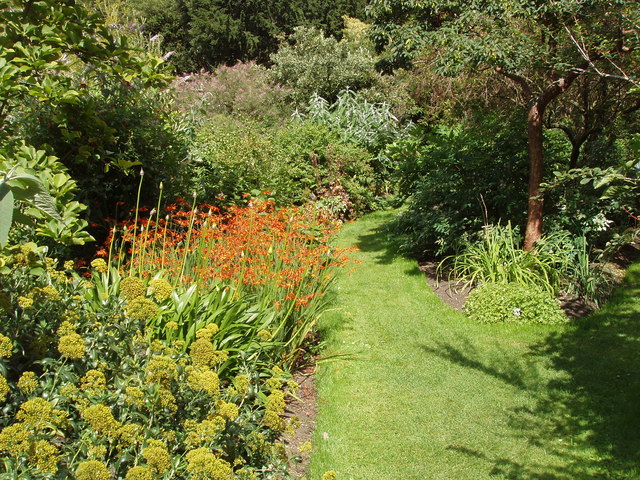Ethnomedicinal uses of plants grown in gardens in the Eastern Himalayas
02/03/2021 // Evangelyn Rodriguez // Views
Tags: alternative medicine, conservation, Eastern Himalaya, goodhealth, goodmedicine, goodscience, herbal medicine, Herbs, home gardens, natural cures, natural medicine, plant medicine, remedies, research

- Not much is known about the ethnomedicinal plants commonly planted in home gardens in the foothill region of Eastern Himalaya.
- Some of these plants are not easily accessible in the wild.
- The researchers conducted their study in 150 home gardens in the Cooch Behar district of West Bengal from May 2017 to May 2018.
- Besides collecting plant specimens, they conducted interviews with garden owners using structured questionnaires to document diversity, population size and medicinal uses of the ethnomedicinal plants.
- The researchers counted a total of 260 plants being grown in home gardens, 53 of which have various ethnomedicinal applications.
- The 53 plants (37.73 percent woody perennials) represented 35 different plant families and 45 different genera.
- Cocos nucifera (coconut) dominated the list with the highest number of uses, followed by Hibiscus rosa-sinensis (shoeblack plant).
- The leaves were the most used parts for ethnomedicinal applications (19 species), followed by the fruits (12 species), bark (nine species) and roots (seven species).
- The researchers documented 20 different diseases treated with the identified plants.
- In some cases, more than one plant was used to treat an ailment.
- As many as 10 species were used to treat only stomach-related problems.
- Other ailments like cough, cold and jaundice were treated using six and four different species, respectively.
Based on these findings, the researchers concluded that home gardens in the Eastern Himalayas are key in maintaining diversity and are great sources of natural medicines in rural areas. They recommend including these home gardens in mainstream conservation strategies in the country.
Read the full study at this link.
Journal Reference:
Pala NA, Sarkar BC, Shukla G, Chettri N, Deb S, Bhat JA, Chakravarty S. FLORISTIC COMPOSITION AND UTILIZATION OF ETHNOMEDICINAL PLANT SPECIES IN HOME GARDENS OF THE EASTERN HIMALAYA. Journal of Ethnobiology and Ethnomedicine. 19 February 2019;15(14). DOI: 10.1186/s13002-019-0293-4
Related Topics
alternative medicine conservation Eastern Himalaya goodhealth goodmedicine goodscience herbal medicine Herbs home gardens natural cures natural medicine plant medicine remedies researchLatest News
Related News
07/10/2023 / By Zoey Sky
07/05/2023 / By Ethan Huff
07/05/2023 / By Kevin Hughes
07/04/2023 / By Olivia Cook
Take Action:
Support Natural News by linking to this article from your website.
Permalink to this article:
Copy
Embed article link:
Copy
Reprinting this article:
Non-commercial use is permitted with credit to NaturalNews.com (including a clickable link).
Please contact us for more information.
Please contact us for more information.






















